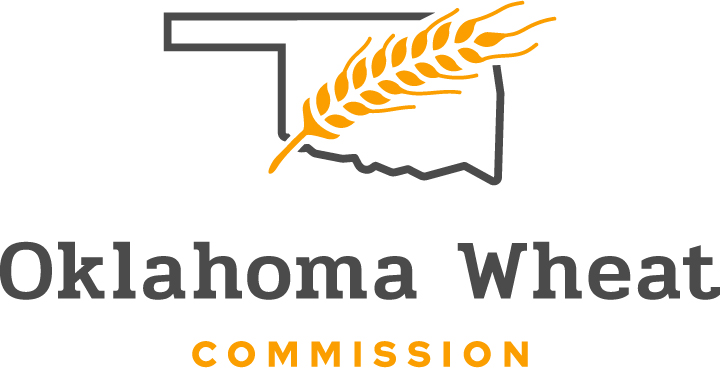
Agricultural News
Drought Continues Across the State With Slight Chances of Rain in the Forecast
Thu, 03 Mar 2022 13:39:45 CST
Looking at the drought-monitoring period, which began on the morning of February 22 and ended early March 1, featured some wild temperature swings, along with a band of heavy precipitation stretching from the mid-South into the Northeast. In fact, this represented the second consecutive monitoring period with significant precipitation along nearly the same axis, while many other parts of the country received little or no moisture. As a result, gradual expansion of dryness and drought was the rule across much of the western half of the nation, extending into parts of the upper Midwest, as well as the southern Atlantic States and the Gulf Coast region. In contrast, heavy precipitation kept drought at bay from the Ozark Plateau into the Ohio and Tennessee Valleys and the lower Great Lakes region. Significant precipitation also fell in drought-free areas of the Pacific Northwest, leading to another round of flooding in parts of western Washington.
For the second week in a row, a sharp contrast existed between heavy precipitation in the mid-South and mostly dry weather closer to the Gulf Coast and across the southern Great Plains. That pattern, consistent with La Niña, helped to sharpen the drought gradient across Arkansas and Mississippi. Meanwhile, extreme drought (D3) was expanded in several areas, including southwestern Louisiana. Winter (December-February) rainfall totaled just 5.18 inches (39% of normal) in New Iberia, Louisiana, and 3.94 inches (29%) in Beaumont-Port Arthur, Texas. On February 27, statewide topsoil moisture in Texas and Oklahoma was rated at least three-quarters very short to short, according to the U.S. Department of Agriculture. On that date, winter wheat was rated 75% very poor to poor in Texas, along with 65% in Oklahoma. Texas also reported 69% of its rangeland, pastures, and oats were rated very poor to poor. Burn bans were in effect for dozens of counties across Texas, as well as western and central Oklahoma.
In Oklahoma much of the NW half of the state covered by a RED FLAG FIRE WARNING, according to Gary McManus State Climatologist, we will be looking at Record-threatening warmth, Low humidity, High Winds, and Dry Fuels with everything being either dormant or dead.
Today's Fire Situation Report shows several Red Flag Warnings and additional Burn Bans across the state. . Extremely dry fuels will be subjected to near-record or record temperatures, near-critical relative humidity values and stout southwest winds ahead of a strong cold front shifting winds to the northwest that is expected to arrive in the Oklahoma Panhandle counties around midday progressing across the Warned Area through the late afternoon and evening. Elevated fire danger will be present across most of the state noting that some very light rainfall this morning (primarily virga) and sky cover will serve to stall early development of critical burning conditions. Post-frontal dryness will also be a concern extending elevated fire danger through the weekend into early next week.
Looking Ahead
Showery weather, initially confined to the nation's northern tier, will gradually engulf the much of the West before spreading eastward. A return to chilly weather will accompany and trail the increasingly unsettled weather. However, storminess will bypass much of the nation's southern tier, with the Southeast and southern sections of the Rockies and Plains remaining dry during the next 5 days. Farther north, 5-day precipitation could total an inch or more from the upper Midwest into the Great Lakes region. Precipitation will also stretch from California to the central Rockies, although amounts are not expected to be great enough to provide substantial drought relief. Still, some areas of the West could experience their heaviest precipitation since December. The NWS 6- to 10-day outlook for March 8 12 calls for the likelihood of below-normal temperatures from the Pacific Coast to the Mississippi Valley and the upper Great Lakes region, while warmer-than-normal weather will prevail along and east of a line from southeastern Louisiana to Lake Ontario. Meanwhile, near- or above-normal precipitation across most of the country should contrast with drier-than-normal conditions from California to the southern High Plains.
To view the U.S. Drought map, click here.
In Oklahoma, it has been more than a year since we have seen a map this void of drought shades.
To view the Oklahoma drought map, click here.
To view the 6-10-day temperature outlook, click here.
To view the 6-10-day precipitation outlook, click here.
To view the new seasonal drought outlook map, click here.
The U.S. Drought Monitor Map is developed through a partnership between the National Drought Mitigation Center at the University of Nebraska-Lincoln, the United States Department of Agriculture, and the National Oceanic and Atmospheric Administration.
WebReadyTM Powered by WireReady® NSI
Top Agricultural News
More Headlines...




